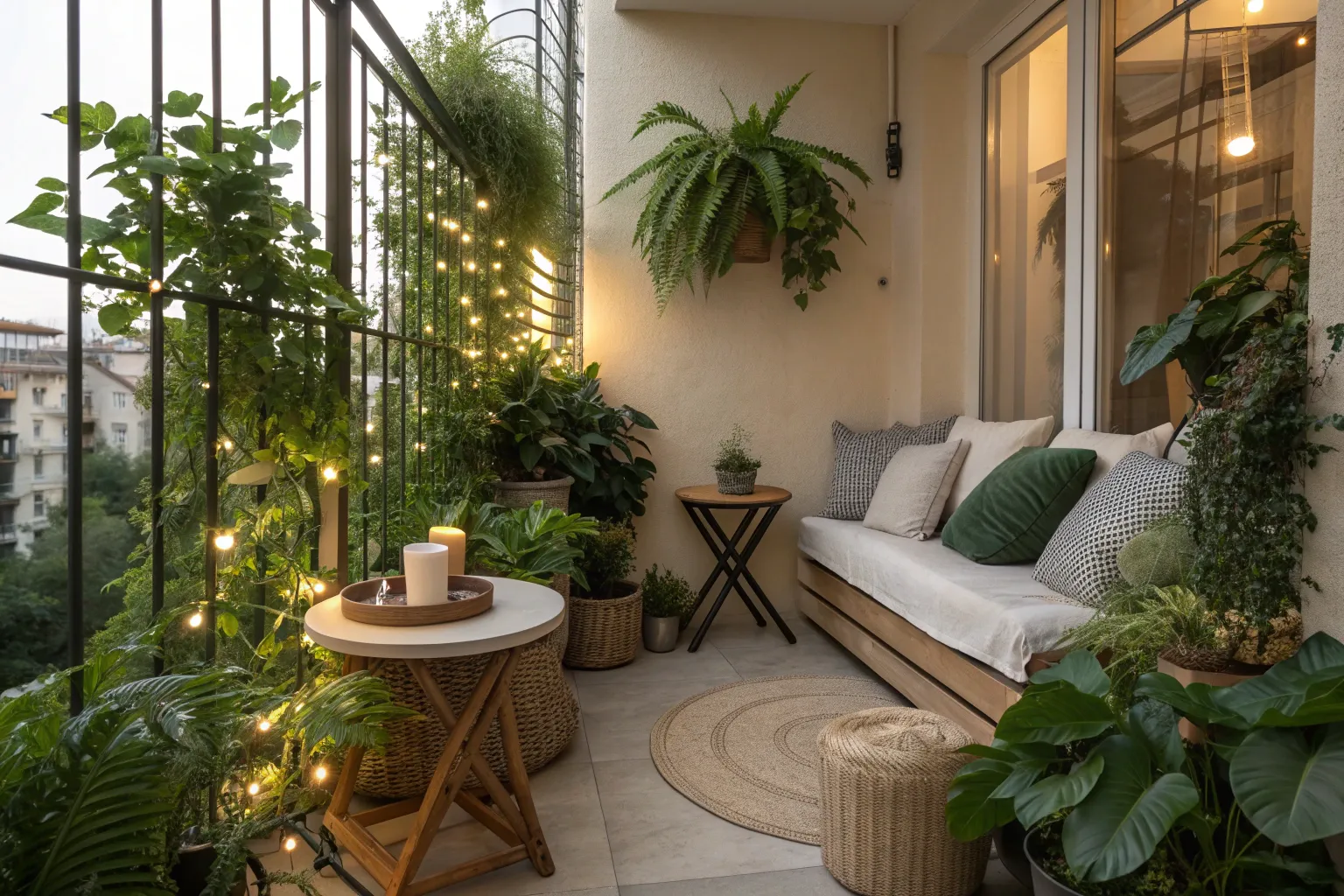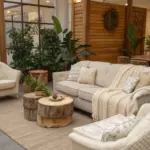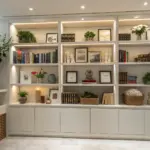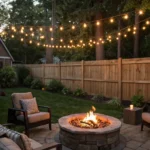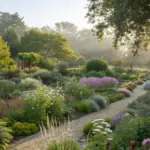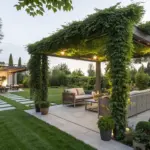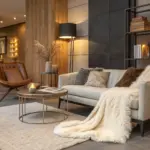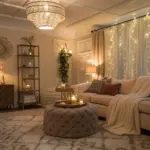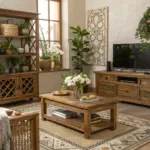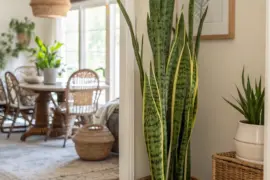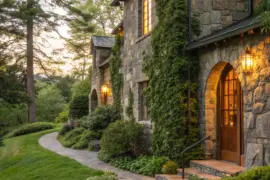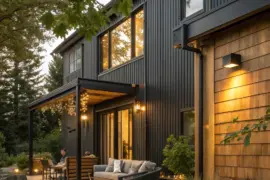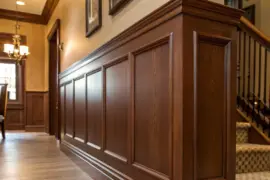Transforming a modest balcony into a thriving outdoor retreat requires more than simply arranging furniture and adding plants—it demands understanding the unique challenges and opportunities that small elevated spaces present. Whether you’re working with a compact apartment balcony or a petite townhouse terrace, the principles of thoughtful design can turn even the most challenging space into your personal sanctuary.
Understanding Your Balcony’s Microclimate
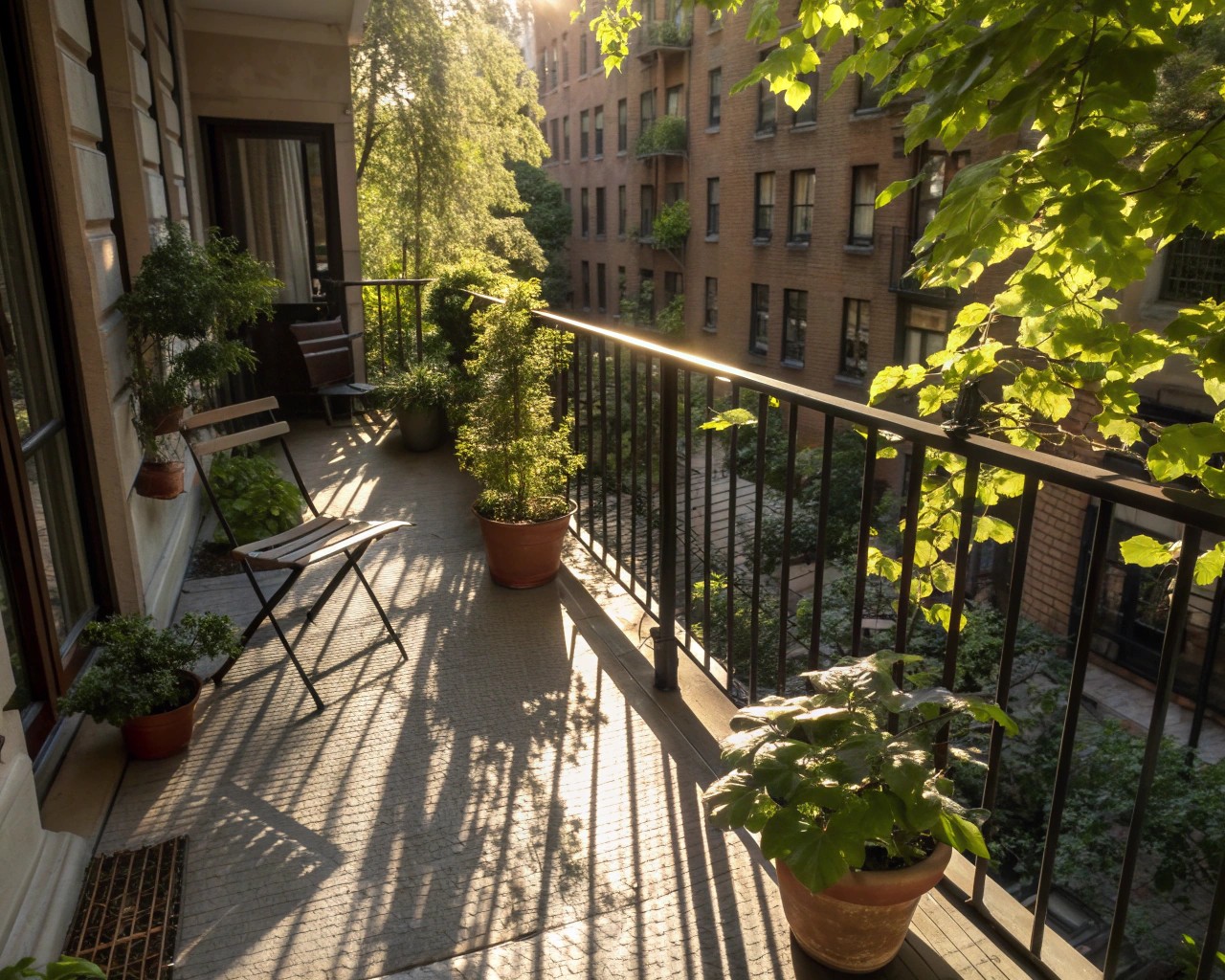
Before selecting your first plant or piece of furniture, I recommend conducting a thorough assessment of your balcony’s environmental conditions. The microclimate on a balcony differs significantly from ground-level gardens, with factors that can make or break your oasis dreams.
Wind Exposure and Temperature Variations
Balconies experience heightened wind exposure compared to ground-level spaces, which can create temperature fluctuations of 5-15°F from official readings. The combination of elevation, building materials, and architectural features creates what meteorologists call the “wind tunnel effect”. I’ve observed that plants on higher floors face more severe desiccation, requiring strategic windbreaks and more frequent watering schedules.
Solar Patterns and Heat Islands
Document your balcony’s light exposure throughout the day, as this varies dramatically with seasons, surrounding buildings, and architectural overhangs. Urban balconies often experience the “heat island effect,” where concrete and building materials absorb and radiate heat. The temperature on your balcony can be 2°C warmer than surrounding areas, particularly during summer months when south-facing surfaces receive intense solar gain.
Weight Load Considerations
Most residential balconies are designed to support 40-50 pounds per square foot (psf), with high-rise buildings potentially rated up to 100 psf. Wet soil weighs approximately 75-100 pounds per cubic foot, making container weight a critical planning factor. A standard 2x2x1 foot planter filled with wet soil can weigh 300-400 pounds, easily exceeding safe limits if improperly distributed.
Strategic Space Planning and Layout Design
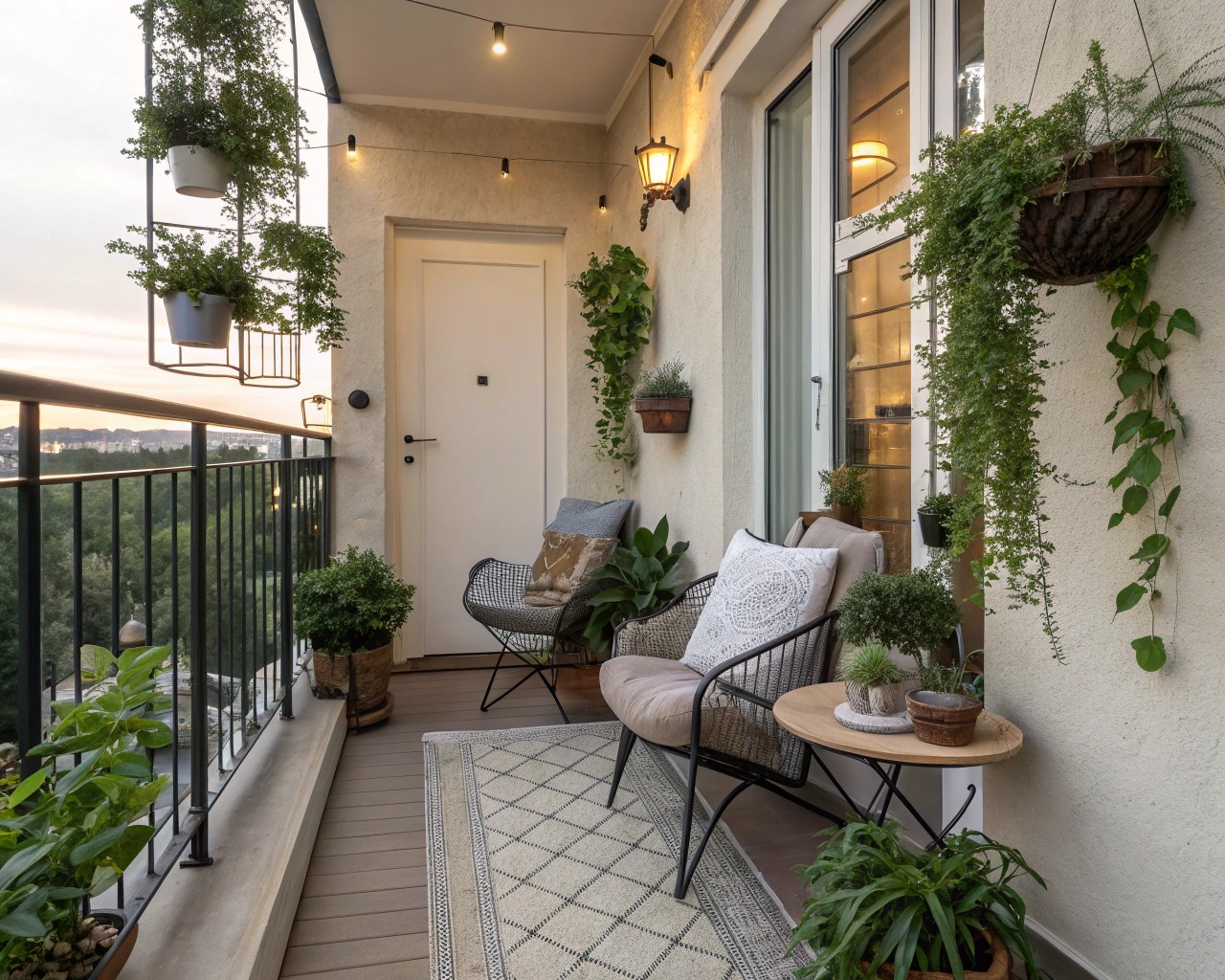
Creating Functional Zones
Effective balcony design employs the same zoning principles used in larger landscape projects. I divide small balconies into three primary zones: a seating area for relaxation, a growing zone for plants, and a transition zone connecting indoor and outdoor spaces. This approach maximizes functionality while maintaining visual coherence.
Vertical Space Utilization
The key to small-space success lies in thinking three-dimensionally. Vertical gardening using trellises, wall-mounted planters, and tiered systems can triple your growing capacity without sacrificing floor space. Install sturdy vertical supports anchored at least 18-24 inches deep if using free-standing structures, or utilize wall-mounted systems that distribute weight across multiple attachment points.
Traffic Flow and Accessibility
Maintain clear pathways of at least 18 inches width to ensure comfortable movement and plant maintenance access. Position frequently accessed items—watering supplies, seating, and harvesting areas—within easy reach of your primary entry point.
Plant Selection and Container Strategy
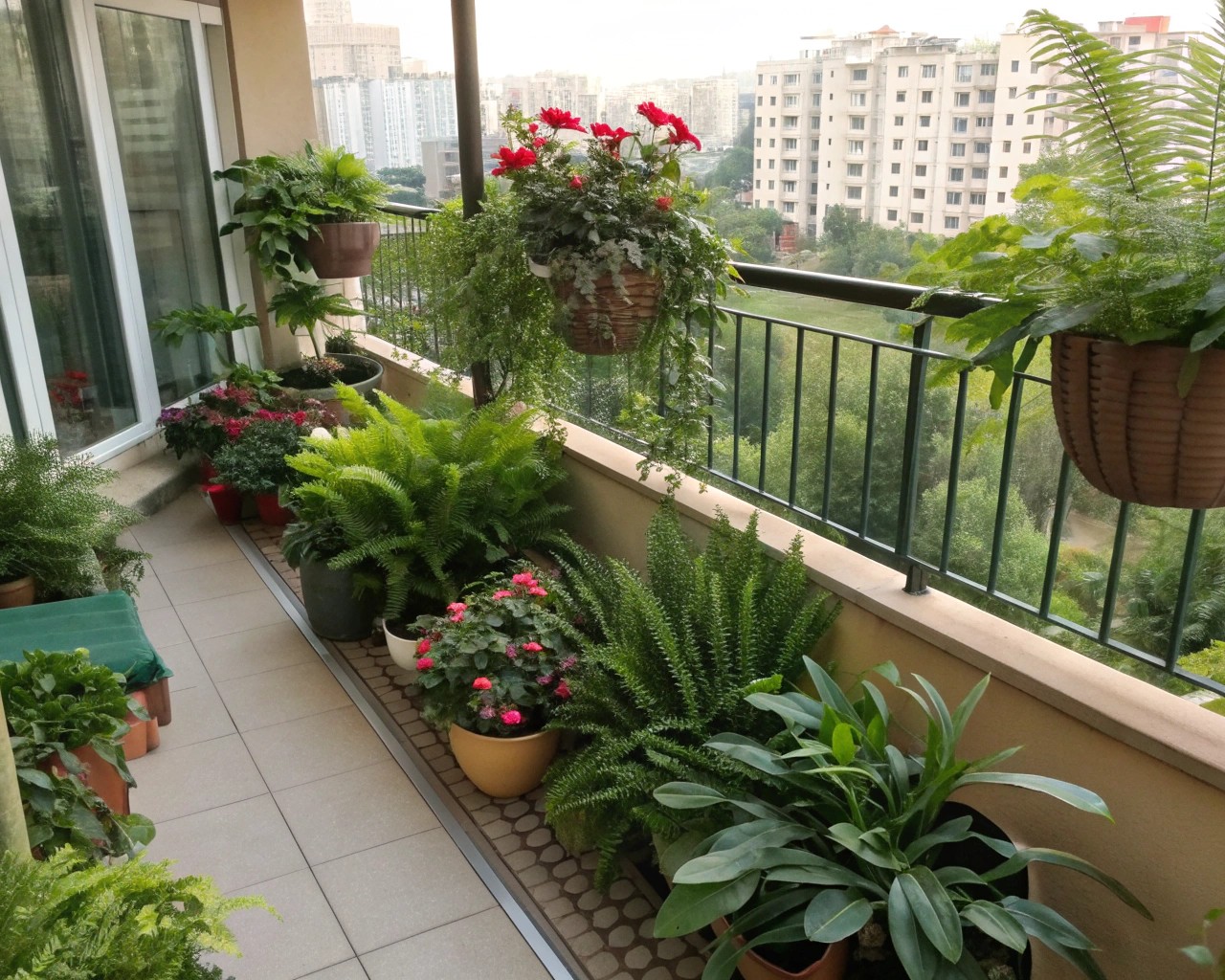
Matching Plants to Microclimatic Conditions
Your plant selection should align precisely with your balcony’s specific light, wind, and temperature conditions. For partial shade areas (3-6 hours of sunlight), consider Begonia species, Impatiens, and Coleus varieties that provide colorful foliage and flowers while tolerating variable light conditions. Full-sun balconies support Mediterranean herbs like Lavandula (lavender), Rosmarinus (rosemary), and heat-tolerant vegetables including Lycopersicon (tomatoes) and Capsicum (peppers).
Container Selection and Sizing
Container choice directly impacts plant health and maintenance requirements. Lightweight materials like fiberglass or resin planters reduce structural load while maintaining durability. I recommend containers with a minimum 12-inch depth for most vegetables and herbs, with 18+ inch depth for root vegetables like carrots.
Advanced Drainage Solutions
Proper drainage prevents the most common cause of container plant failure—waterlogged roots. Install containers with multiple quarter-inch drainage holes spaced every 2-3 inches across the bottom rather than single large openings. Elevate containers using bottle caps or specialized risers to ensure water escape, particularly important on solid balcony surfaces.
| Container Material | Weight | Durability | Drainage | Best Use |
|---|---|---|---|---|
| Fiberglass/Resin | Lightweight | Excellent | Good | Permanent installations |
| Fabric Grow Bags | Very Light | Moderate | Superior | Vegetables, seasonal plants |
| Terracotta | Heavy | Good | Excellent | Herbs, decorative plants |
| Plastic | Lightweight | Variable | Good | Budget-friendly options |
Creating Privacy and Shelter
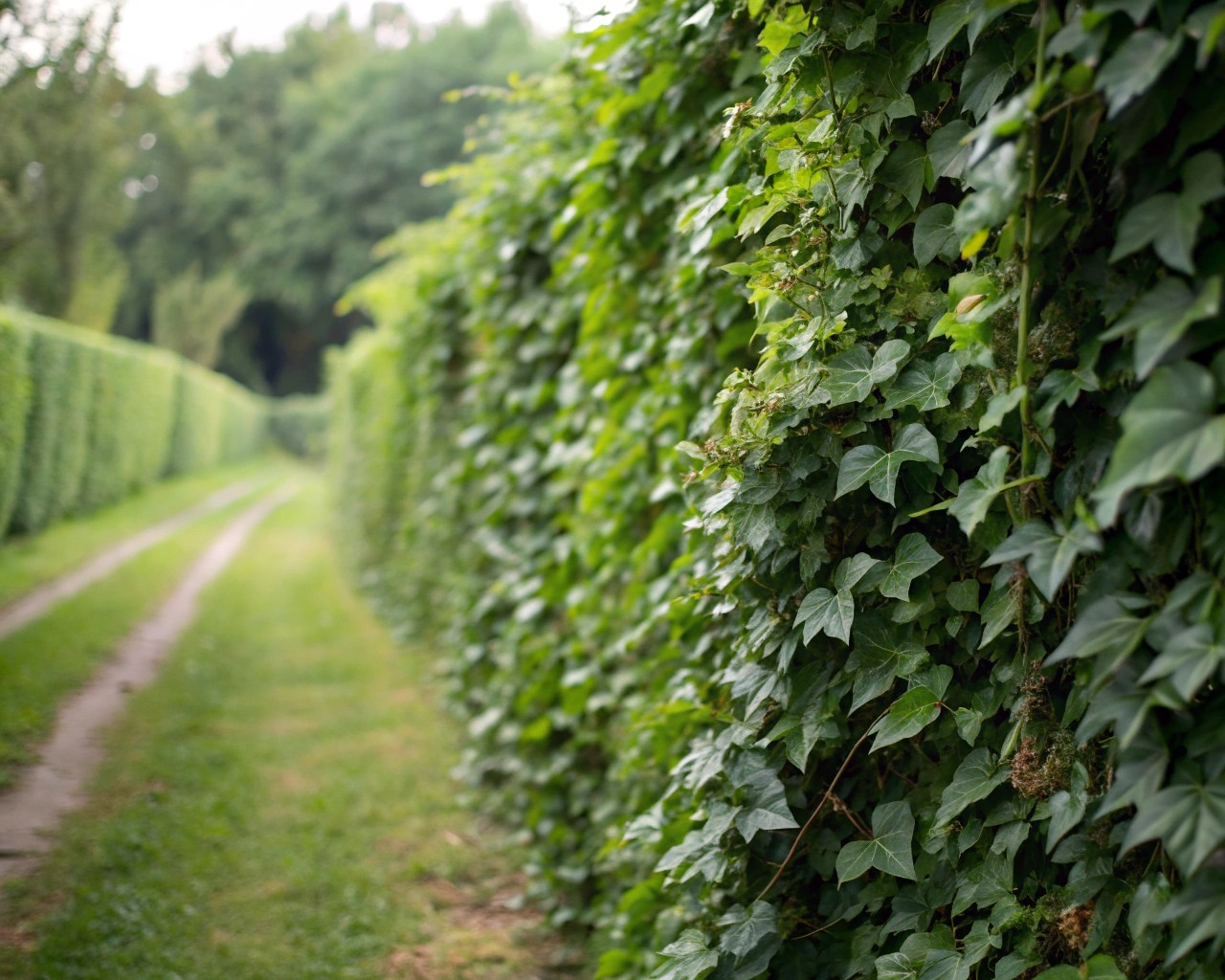
Living Privacy Screens
Strategic plant placement can create effective privacy barriers while adding beauty to your space. Tall ornamental grasses like Miscanthus varieties or Panicum virgatum (switchgrass) provide excellent screening while tolerating wind exposure. For faster coverage, annual climbing plants like Ipomoea (morning glory) or Thunbergia (black-eyed Susan vine) can cover trellises within a single growing season.
Structural Solutions
Bamboo privacy panels or lattice screens offer immediate privacy while supporting climbing plants. Position these structures to block sight lines while maintaining air circulation—solid barriers can create problematic wind turbulence.
Wind Protection Strategies
Install windbreaks using mixed plantings of different heights. Combine taller structural plants like dwarf conifers with mid-height shrubs and low groundcover plants to create layered wind reduction. This approach is more effective than single-height barriers and provides greater visual interest.
Vertical Growing Systems
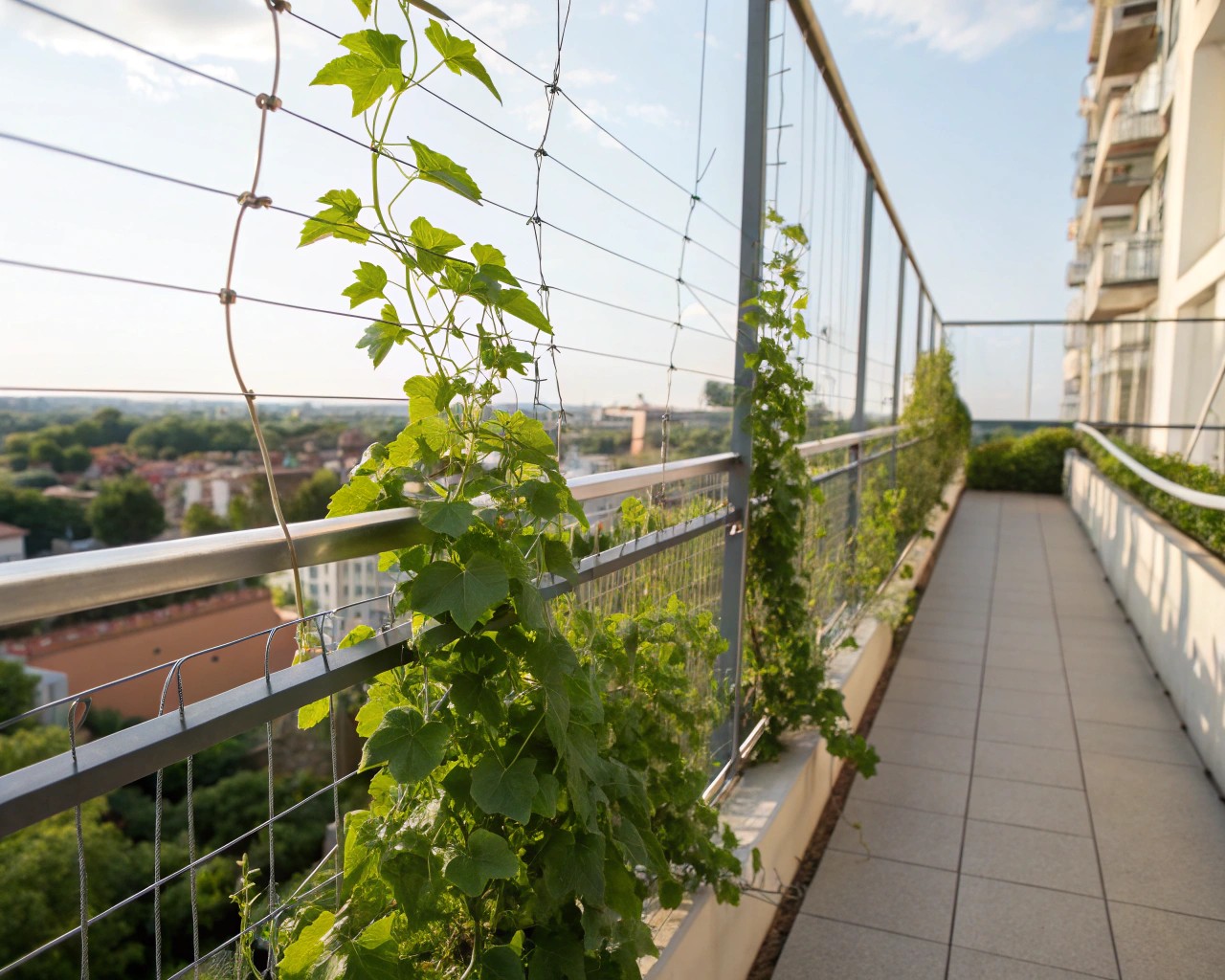
Trellis Design and Installation
Vertical growing systems must balance plant support with structural integrity. I prefer modular trellis systems that can expand as plants mature. Wire cattle panels bent into arches provide excellent support for climbing vegetables while creating dramatic architectural elements. Install horizontal support wires every 10 inches as plants grow, using the “stake and weave” method for continuous plant support.
Wall-Mounted Systems
Wall-mounted planters and vertical gardens maximize growing space while minimizing floor footprint. Ensure wall-mounted systems include proper drainage and moisture barriers to protect building surfaces. Drip-collection systems prevent water damage to underlying structures and neighboring units.
Tiered Growing Arrangements
Tiered planter systems create visual depth while accommodating plants with different light requirements. Position tall plants on the north side (in the Northern Hemisphere) to prevent shading of shorter specimens, following the principle of “thriller, filler, spiller” plant arrangements.
Furniture Selection for Small Spaces
Multi-Functional Solutions
Select furniture pieces that serve multiple purposes to maximize utility in limited space. Storage benches provide seating while concealing gardening supplies, watering equipment, and seasonal decorations. Folding bistro sets can accommodate dining while collapsing for storage during extreme weather.
Weather-Resistant Materials
Invest in furniture constructed from materials that withstand UV exposure, temperature fluctuations, and moisture. Aluminum frames with powder-coated finishes resist corrosion while remaining lightweight. Synthetic wicker and resin materials provide the aesthetic appeal of natural materials with superior weather resistance.
Scale and Proportion
Furniture selection should complement rather than overwhelm your space. For balconies under 50 square feet, bistro sets with 24-30 inch table diameters provide adequate surface area without dominating the space. Avoid furniture with wide arms or bulky profiles that impede movement in narrow areas.
Lighting Design for Ambience and Function
Layered Lighting Approach
Effective balcony lighting combines ambient, task, and accent lighting to create a versatile outdoor environment. String lights provide gentle ambient illumination while solar-powered spotlights can highlight specific plants or architectural features.
Solar Power Solutions
Solar lighting systems eliminate the need for electrical installations while reducing operating costs. Modern LED solar lights provide 6-8 hours of illumination following a full day’s charge. Position solar panels to receive maximum midday sun exposure, avoiding shadows from railings or overhangs.
Safety and Security Considerations
Install adequate lighting along pathways and near seating areas to prevent accidents during evening use. Motion-activated LED fixtures provide security benefits while conserving battery power.
Seasonal Maintenance and Plant Care
Winter Protection Strategies
Protecting plants during winter requires understanding your local hardiness zone and microclimate modifications. Container plants are more vulnerable to freeze damage than ground-planted specimens due to exposed root systems. Group containers together and position them against building walls to provide thermal mass protection.
Frost Protection Techniques
Install removable hoop structures covered with agricultural fabric to protect tender plants during cold snaps. These structures allow light and air circulation while preventing frost formation on leaf surfaces. Remove coverings during warm periods to prevent overheating.
Seasonal Plant Rotation
Plan seasonal plant rotations to maintain year-round interest. Cool-season vegetables like Brassica species (kale, spinach) thrive in containers during fall and early spring, while warm-season annuals provide summer color.
Water Management and Irrigation
Efficient Watering Systems
Container plants require more frequent watering than ground plantings due to increased evaporation and limited soil volume. Install drip irrigation systems or soaker hoses for consistent moisture delivery while conserving water. Timer-controlled systems ensure regular watering during travel or busy periods.
Drainage and Water Collection
Design drainage systems that prevent water damage to building structures while capturing runoff for reuse. Saucer systems beneath containers protect surfaces while providing temporary water storage during dry periods. Install overflow systems for heavy rain events to prevent container flooding.
Moisture Conservation Techniques
Apply organic mulch to container surfaces to reduce evaporation and moderate soil temperatures. Lightweight options like shredded bark or coconut coir provide effective moisture retention without excessive weight addition.
Regulatory Considerations and Lease Compliance
Understanding Lease Restrictions
Review lease agreements and building regulations before implementing major balcony modifications. Many rental properties restrict alterations to structure, drainage, or electrical systems. Container gardening typically falls within acceptable use parameters, while permanent installations may require landlord approval.
Weight Distribution and Safety
Distribute container weight evenly across balcony surfaces, concentrating heavier items near structural support points rather than cantilever edges. Document total weight loads to demonstrate compliance with building safety requirements.
Maintenance Responsibilities
Understand your responsibilities for balcony maintenance, plant care, and damage prevention. Some lease agreements require tenant insurance for balcony improvements or mandate specific maintenance schedules.
Design Aesthetics and Color Coordination
Color Theory Application
Apply color theory principles to create cohesive, visually appealing balcony designs. Cool colors (blues, greens, purples) create the illusion of expanded space while warm colors (reds, oranges, yellows) add energy and intimacy. Monochromatic schemes using various shades of a single color provide sophisticated, calming effects.
Texture and Form Contrast
Combine plants with contrasting textures and forms to create visual interest without relying solely on color. Pair fine-textured grasses with broad-leafed tropicals, or combine upright architectural plants with trailing specimens.
Seasonal Interest Planning
Design plant combinations that provide interest throughout the growing season and beyond. Include evergreen structural plants for winter interest, spring bulbs for early season color, and plants with attractive seed heads or fall foliage for extended seasonal appeal.
Budget-Friendly Implementation Strategies
Phased Development Approach
Implement balcony improvements in phases to spread costs over multiple seasons while allowing design refinement. Begin with essential elements—seating, basic containers, and key plants—then add lighting, privacy screens, and decorative elements as budget allows.
DIY Construction Projects
Many balcony improvements can be constructed using readily available materials and basic tools. Build simple trellis structures from bamboo stakes and garden twine, or construct planters from food-grade storage containers with added drainage holes.
Plant Propagation and Sharing
Reduce plant costs through propagation from cuttings, seed collection, and plant swaps with fellow gardeners. Many herbs and annual flowers readily produce viable seeds for following-season planting.
Creating your outdoor oasis requires patience, observation, and willingness to adapt as you learn your space’s unique characteristics. Start small, document what works, and gradually expand your vision. Remember that even the most modest balcony can become a cherished retreat with thoughtful planning and consistent care. The key lies not in the size of your space, but in understanding how to maximize every square foot through intelligent design and appropriate plant selection.
Your balcony oasis awaits—begin with a single container, one comfortable chair, and the commitment to spend time in your outdoor space daily. The transformation from neglected area to beloved retreat happens gradually, through accumulated small improvements and the simple pleasure of nurturing growing things in your own elevated garden.

